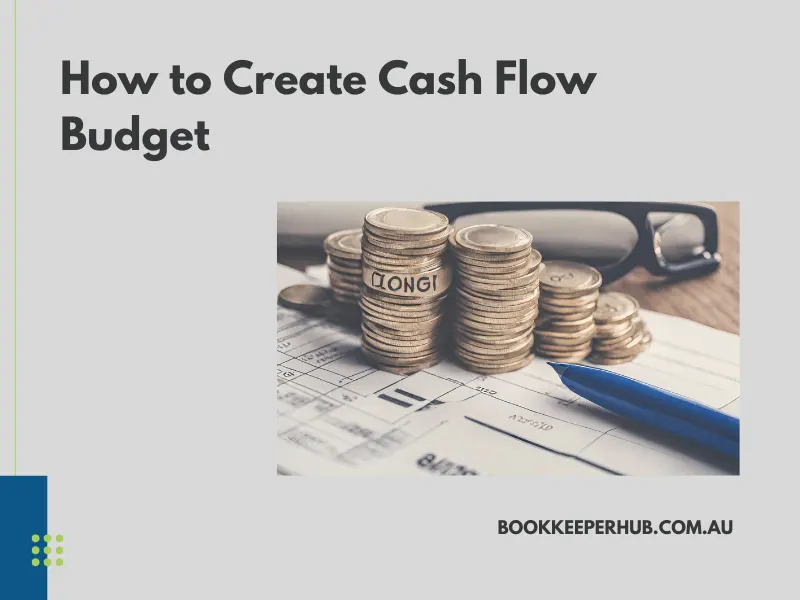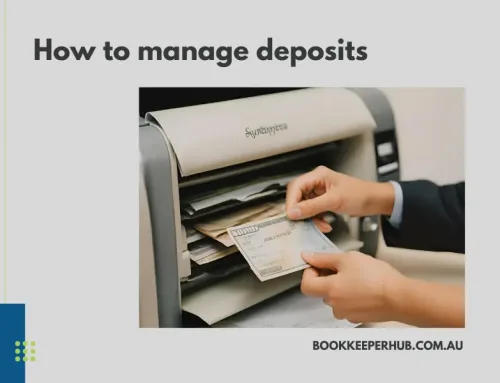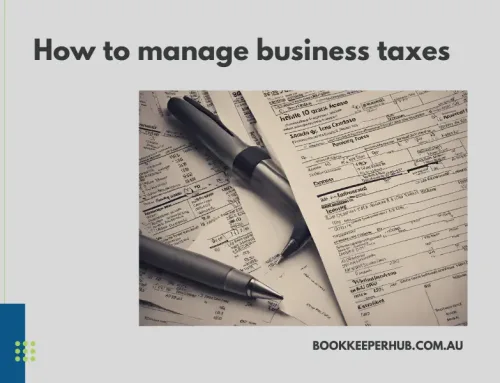Cash flow budgets are not sexy or exciting but they do assist you to plan your business and see how you are sitting moving forward.
Accountants and bookkeepers work on a financial year. Most people work on a calendar year. So new year, new budget, cash flow budgets are important for you to know what cash is coming into your business. Honestly, the time period doesn’t matter, it’s the actual budget that matters. Keep in mind, It’s not a profit and loss, it’s not something you can just pull out of your accounting software.
This is something that is hard to explain without seeing on a video – I suggest you watch the video.
I’m going to use Xero for my explanation as that’s the most common software that our clients use
The steps to a cashflow budget are:
- Go to Reports/Budget Manager
- Click the Dropdown below select budget to create a new budget
- Put in the start dates, how many months of actuals you want to look at and how far in advance you are going
- Export to CSV
- Edit the figures moving forwards to you hearts content
- Save this as a CSV
- Add in the Cashflow Component below:
- Opening Bank Balance
- Income
- GST = .1 x Income
- Expenses
- GST on Expenses = (expenses – non gst expenses) x .1
- Any loan Payments
- Any owners drawings
- Any capital expenses ie New equipment
- Closing balance
- Create formulas to add these up and copy across the whole budget.
- Check your closing balance to ensure it is positive, realistically edit the figures in the budget to see if you can get a better result
- Save this as an .xls file
- Copy the updated figures into your .csv file & resave
- Import to Xero
You don’t have to import it to Xero if you don’t want to, but it will allow you to pull reports showing how you are doing vs year to date on a regular basis.
Ultimately, you need to ensure your business is viable and that your cashflow is in the black.
If this all seems a bit hard, book a session with us and we can assist you to build a cash flow budget that meets your needs.






